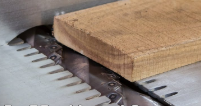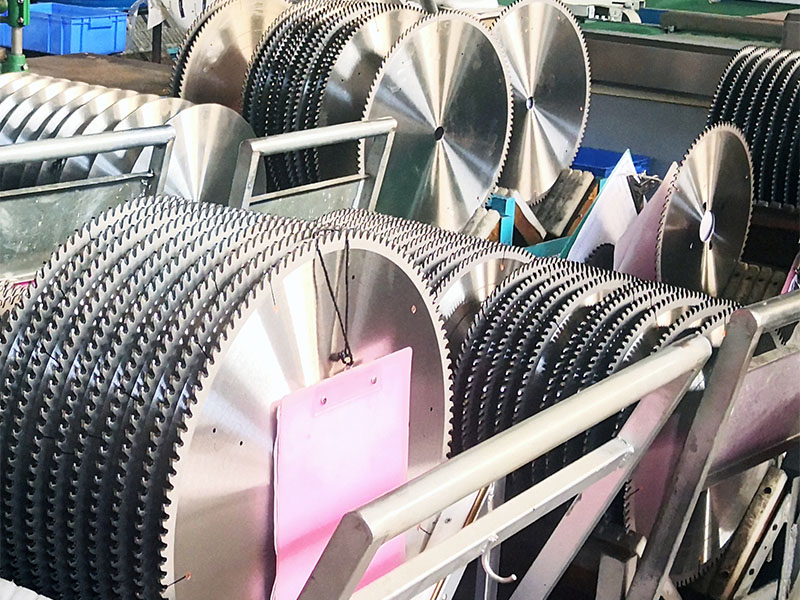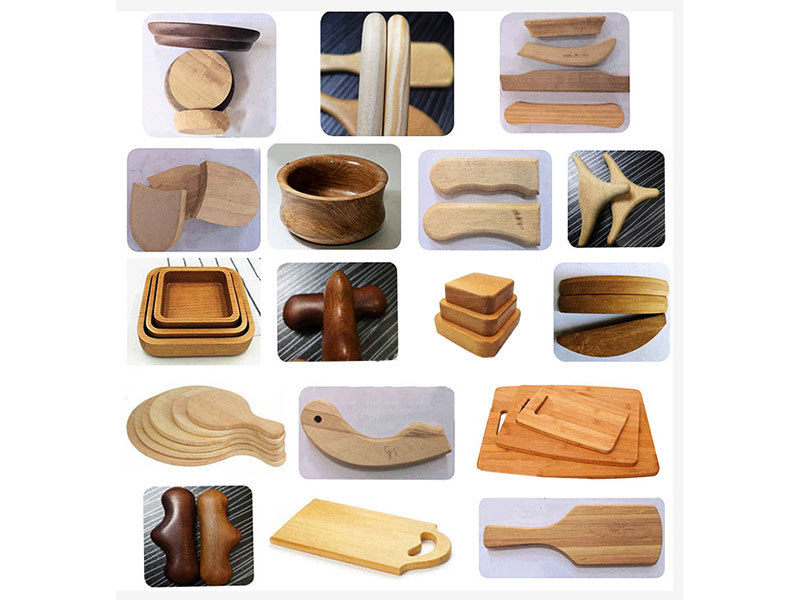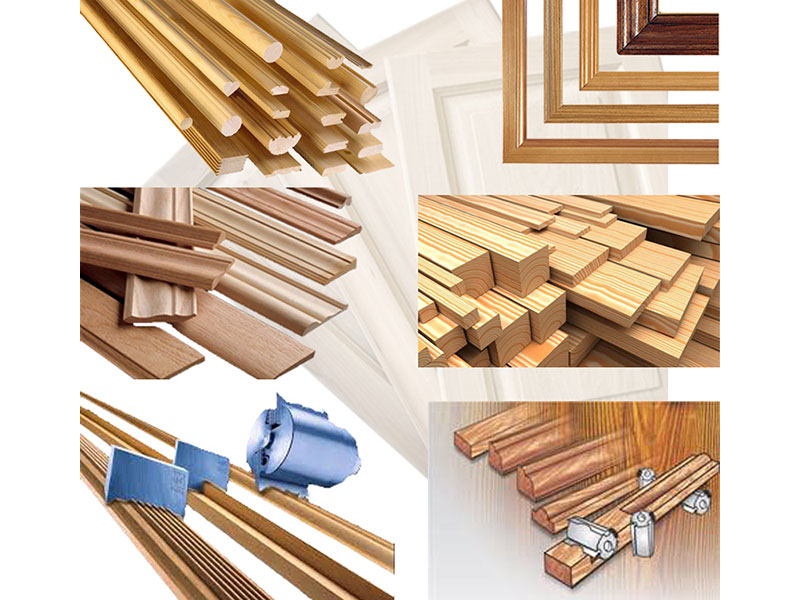
Wood planer | How to plan mahogany furniture
Before making mahogany furniture, select and prepare materials, and after opening the parts, planing and pressing are necessary. Most of the planed wood is straight wood, which can generally be planed directly, but some special woods are often encountered, such as warped and twisted wood, and wood with seam on the board. These special woods require special planing methods for planing. There are several ways to plan special wood. Today we will talk about how mahogany furniture is planed.
1. To plan warped and deformed wood, the planing method is to plan the concave surface first, and plan the convex ends of the concave surface several times until the convex surface and the concave surface are close to the plane, and then plan the whole surface. If you want to plan the protruding side first, you should plan the highest point of the protrusion first, and pay attention to maintaining the balance of both ends, and the planing should be uniform.
2. When planing distorted wood (that is, the diagonal warping of the plane), the two convex corners of the concave diagonal should be planed first.
3. The planing operation of the joints on the board surface is relatively difficult. When planing, it must be stable, with little vibration, the table surface and the planer opening should be smooth and flat, the planer blade should be sharp, the installation should be precise, and the cutting amount should be small. During the planing process, the operator should be patient and meticulous, hold the board surface tightly with both hands, and feed the material evenly with the pressure close to the guide ruler, and the feeding speed should be moderate and uniform.
4. Planing of short wood and veneer. When the length of the wood is less than 250mm or the thickness of the sheet is less than 20mm, a safety rod or a safety push plate must be used to push the wood for planing, so as not to hurt the hands. The wood that is too short should not be planed on a planer. When batching, the short wood and small wood should be prepared into multiples of long and large wood, and cut off after planing to ensure safe operation.
5. When planing the end face of wood, the wood should be vertically close to the guide ruler, the blade must be sharp, the cutting depth should be small, and the feeding speed should be slow to prevent the end from splitting. When the wood is too narrow or too long, it should not be end-planed on a planer.
The process of wood planing determines the warpage and flatness of mahogany furniture parts. In order to meet the standards in mahogany furniture production, every detail must be strictly controlled, and planing and pressing materials cannot be ignored. Therefore, mastering the planing method of special wood is to make mahogany. A must for furniture.
1. To plan warped and deformed wood, the planing method is to plan the concave surface first, and plan the convex ends of the concave surface several times until the convex surface and the concave surface are close to the plane, and then plan the whole surface. If you want to plan the protruding side first, you should plan the highest point of the protrusion first, and pay attention to maintaining the balance of both ends, and the planing should be uniform.
2. When planing distorted wood (that is, the diagonal warping of the plane), the two convex corners of the concave diagonal should be planed first.
3. The planing operation of the joints on the board surface is relatively difficult. When planing, it must be stable, with little vibration, the table surface and the planer opening should be smooth and flat, the planer blade should be sharp, the installation should be precise, and the cutting amount should be small. During the planing process, the operator should be patient and meticulous, hold the board surface tightly with both hands, and feed the material evenly with the pressure close to the guide ruler, and the feeding speed should be moderate and uniform.
4. Planing of short wood and veneer. When the length of the wood is less than 250mm or the thickness of the sheet is less than 20mm, a safety rod or a safety push plate must be used to push the wood for planing, so as not to hurt the hands. The wood that is too short should not be planed on a planer. When batching, the short wood and small wood should be prepared into multiples of long and large wood, and cut off after planing to ensure safe operation.
5. When planing the end face of wood, the wood should be vertically close to the guide ruler, the blade must be sharp, the cutting depth should be small, and the feeding speed should be slow to prevent the end from splitting. When the wood is too narrow or too long, it should not be end-planed on a planer.
The process of wood planing determines the warpage and flatness of mahogany furniture parts. In order to meet the standards in mahogany furniture production, every detail must be strictly controlled, and planing and pressing materials cannot be ignored. Therefore, mastering the planing method of special wood is to make mahogany. A must for furniture.




